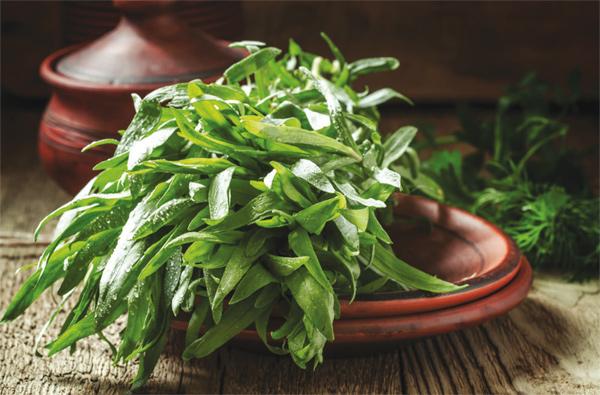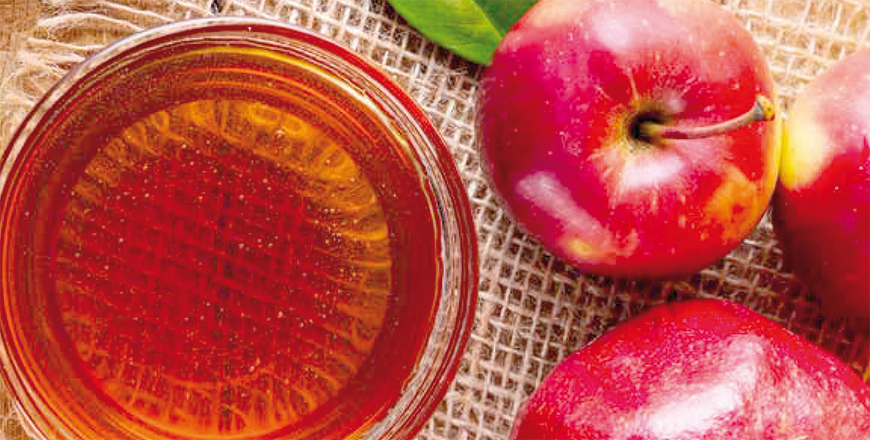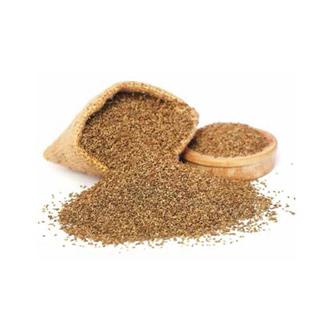You are here
Tarragon treasure: a medical miracle
By Sheela Sheth , Family Flavours - Feb 24,2019 - Last updated at Feb 24,2019

Photo courtesy of Family Flavours magazine
By Sheela Sheth
Food Expert
This bitter sweet plant, also known as the dragon wart and tarkhum in Arabic, has an aromatic flavour similar to anise. A perennial herb in the sunflower family, it is native to Europe, Asia, India (my home country) and parts of northern Mexico. In Ayurveda (Indian herbal medicine), tarragon is known to have a strong cultural and historical attachment due its rich medicinal property.
Antioxidant property
Some indigenous varieties of tarragon are known to have antioxidant properties that fight free radicals (free radicals cause damage to the body’s cells, leading to premature ageing and serious health problems). Tarragon oil works wonders in stopping the damage done by free radicals. It is widely used as a painkiller for toothache as it has the ability to numb the pain.
Medical miracle
Several studies have shown that tarragon appears to have chemicals which work as an appetite stimulant. It has been long used as a digestive tonic because it aids in the production of bile by the liver. It not only improves digestion but also relieves stomach upsets, irritable bowels and dyspepsia. Tarragon leaves also work as a mild sedative to help relieve anxiety and stress and the oil is widely used in dentistry to numb the nerves. It has also been shown to support cardiovascular health and also assists in keeping blood platelets, clotting agents in the blood, in order. It is also used for building muscle mass and weight control.
Cosmetic infusion
Tarragon is widely used to infuse aromatic oils, soaps, shampoos and certain moisturising skin lotions and creams to add aroma for treatment. Tarragon oil can improve hair lustre and reduce hair frizz. Steaming with a few leaves serves as a skin cleanser and its antioxidants help as an astringent.
Culinary contribution
It is reminiscent of fennel and anise as it is liquorice in taste. The rich and pleasant aroma of tarragon leaves gives a delicate flavour to salads and soups. It is popularly used to flavour vinegar like dill or olive oil for salad dressing. It is often combined with capers and also used for flavouring sauces, especially in French and German cuisine.
Bring out the tarragon!
Pick some fresh greens and toss a tarragon dressing infused in olive oil, vinegar or lemon, honey, sun dried tomatoes and bell peppers.
Be sure to consult your doctor before trying any herbal products.
Reprinted with permission from Family Flavours magazine
Related Articles
Herbal vinegars are a delightful way to blend the rich flavours of freshly home-grown herbs with a tangy zest.
By Sheela ShethFood Expert Popularly known as Ajwain or Carom, Bishop’s weed is an annual herb that belongs to the family of Apiaceae o
Native to Madagascar, the Leaf of Life love-bush symbolises the regenerative power of life with its green fleshy appearance.



















